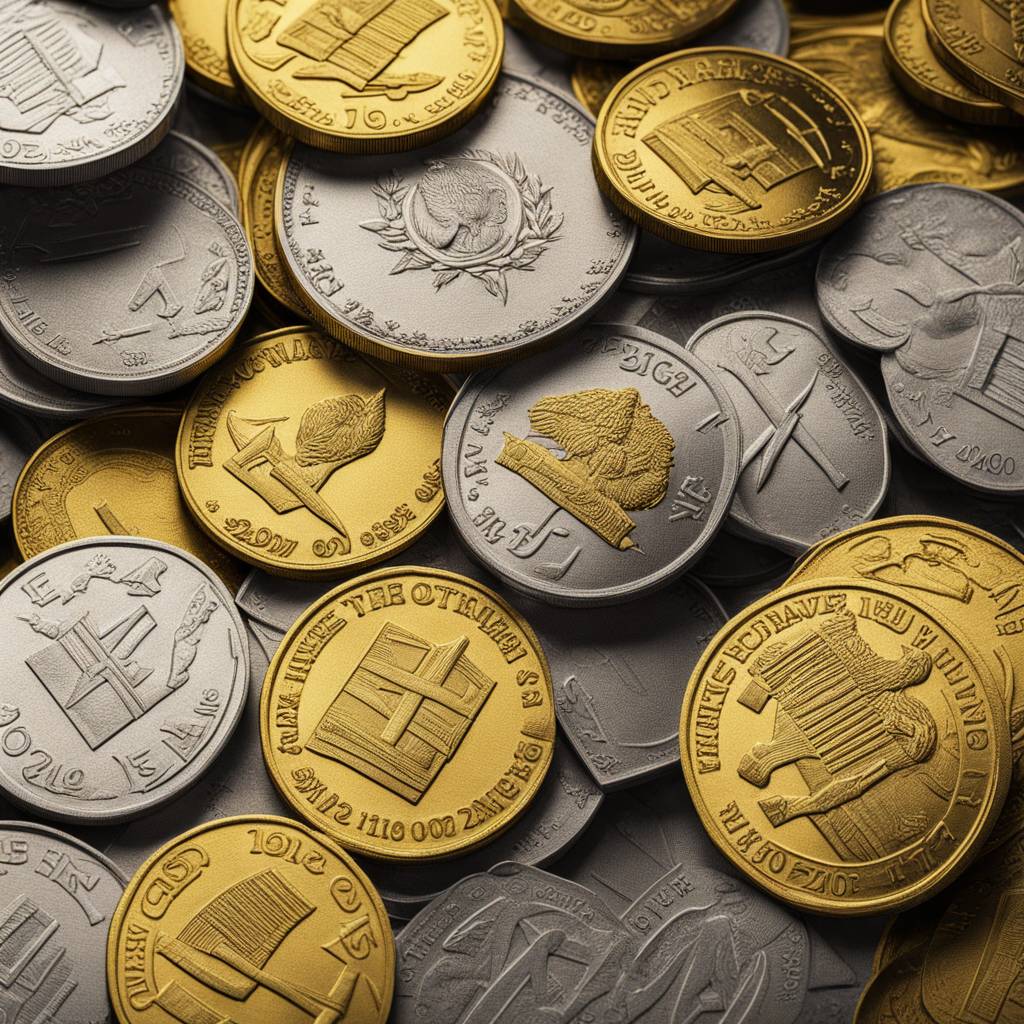Zimbabwe’s central bank has introduced a new currency called Zim Gold (ZiG), backed by gold, foreign currencies, and other precious minerals, in an effort to combat inflation and stabilize the economy. The new currency will circulate alongside other currencies and have a market-determined exchange rate. The central bank has set a deadline for Zimbabweans to convert their old cash into the new currency within 21 days, introducing banknotes in denominations ranging from one to 200 ZiG featuring images of gold ingots and the country’s iconic Balancing Rocks.
The Zimbabwean dollar has experienced a significant loss in value against the US dollar, leading to high inflation rates reaching 55 percent in March. The economic challenges, compounded by widespread poverty, high unemployment, and a severe drought, have raised concerns about the country’s financial stability. Analysts have raised questions about whether Zimbabwe has enough reserves to support the new currency, particularly given the volatility in gold prices. President Emmerson Mnangagwa inspected the central bank’s vaults, which reportedly hold 1.1 tonnes of solid gold domestically and nearly 1.5 tonnes abroad, along with cash and other precious minerals.
The central bank has emphasized that its reserves, totaling $285 million, provide more than three times the necessary cover for the ZiG currency being issued. Additionally, a tight monetary policy will be implemented, linking money supply growth to increases in gold and foreign exchange reserves. The move aims to restore simplicity, certainty, and predictability to Zimbabwe’s financial affairs and address the challenges of hyperinflation experienced in the past. The new currency’s stability and backing by tangible assets like gold and foreign currencies are seen as crucial steps towards economic recovery.
The introduction of Zim Gold reflects a strategic shift in Zimbabwe’s monetary policy, moving towards a more structured currency system backed by tangible assets to restore confidence in the economy. The decision to launch a new currency comes amid rising inflation rates and economic challenges faced by the country, including high poverty levels, unemployment, and climate-related issues. The government’s efforts to secure solid reserves and implement a tight monetary policy signal a commitment to addressing the root causes of economic instability and rebuilding trust in the financial system.
The central bank’s decision to introduce a new currency backed by gold and other reserves aims to provide a stable financial system for Zimbabweans, with a market-determined exchange rate and a clear deadline for the conversion of old cash. The move is part of broader efforts to address the economic challenges facing the country and restore confidence in the financial sector. While concerns have been raised about the adequacy of reserves and the potential impact of external factors like fluctuating gold prices, the central bank’s measures appear to be a step towards long-term economic recovery and stability in Zimbabwe.


